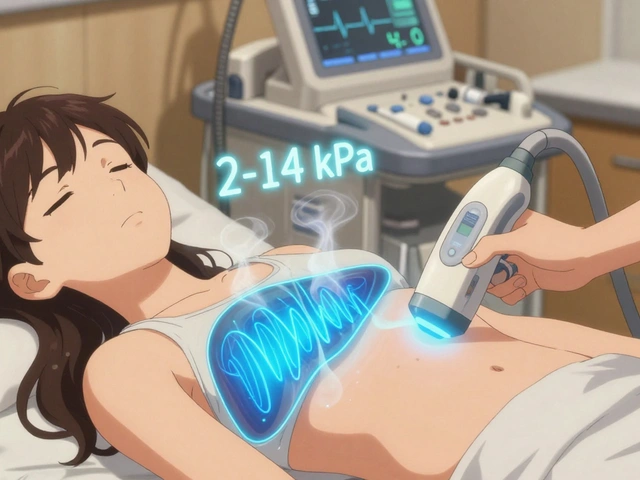Second stage of labor: essential guide to pushing, pain relief and medication
When you hear the term second stage of labor, the final phase of childbirth when the baby moves through the birth canal and is delivered. Also known as the pushing phase, it marks the transition from active labor to birth. Second stage of labor is a coordinated effort of uterine contractions, maternal effort, and fetal descent, and it often determines the mother’s immediate recovery and the baby’s first breath.
One of the most common drugs used at this point is oxytocin, a hormone that strengthens uterine contractions to help move the baby down. Oxytocin can be given intravenously to augment labor if contractions become too weak or irregular. Another key tool is epidural analgesia, a regional anesthetic that numbs the lower back while maintaining the ability to push. Epidurals not only relieve pain but also reduce maternal stress, which can positively influence fetal oxygenation. Together, these interventions illustrate how medication, physiology, and technique intersect during the second stage.
How medication shapes the pushing experience
Effective pain management is more than comfort; it shapes the quality of maternal effort. When epidural analgesia is administered, the mother often reports a clearer focus on directing pushes, which can lead to shorter pushing times. Conversely, without adequate analgesia, fatigue may set in, prolonging the stage and increasing risk of perineal trauma. Oxytocin, when titrated correctly, synchronizes contractions with the mother’s breathing pattern, creating a rhythm that supports efficient fetal descent. The interplay between these drugs and natural hormones also impacts fetal monitoring. Stable heart‑rate patterns are easier to maintain when the mother isn’t hyperventilating from pain, which underscores why clinicians balance medication dosage with close monitoring.
Beyond oxytocin and epidurals, several ancillary considerations affect outcomes. Perineal care—gentle massage, warm compresses, and controlled delivery of the crowning head—reduces tearing and supports quicker postpartum recovery. Fluid management ensures the mother stays hydrated, which helps maintain uterine contractility. Lastly, positioning (hands‑and‑knees, side‑lying, or upright) works hand‑in‑hand with medication to optimize the angle of the birth canal and facilitate fetal rotation. All these elements together form a holistic approach that many of the articles on our site explore, from antibiotic choices for post‑delivery infection prevention to hormone therapies that aid recovery.
In the collection below you’ll find detailed looks at drugs that commonly appear in the second stage, comparisons of pain‑relief options, and practical tips for managing side effects. Whether you’re a soon‑to‑be mom, a partner, or a health‑care professional, the articles provide clear, actionable information to help you navigate this critical window of childbirth confidently.
Ready to dive deeper? Browse the posts that break down each medication, explore real‑world dosing guides, and see how the right choices can make the second stage of labor smoother and safer for everyone involved.

Understanding the Stages of Labor: What to Expect at Each Phase
A clear, step‑by‑step guide on the three stages of labor, what signals to watch for, and practical tips to feel prepared for each phase.
Continue Reading



